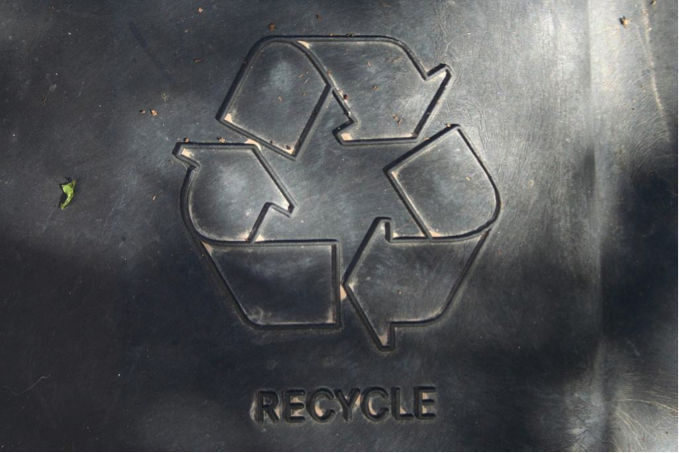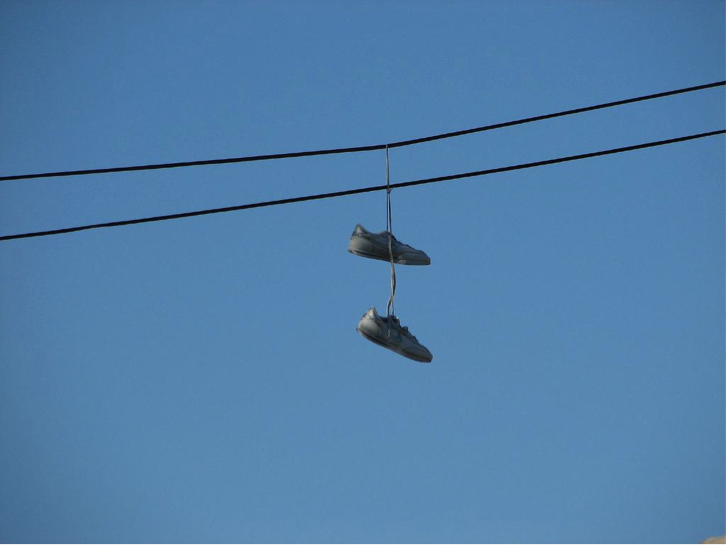Content marketing is a fabulous way to get your company and its products in front of millions of people by producing high quality online content that draws in a wide audience of internet users, appealing to their needs for entertainment and education about your company’s work.
This can bring significant business to your company: but it’s not always easy to draw in attention.
Plenty of companies are spending billions of dollars on building up their content marketing campaigns, making it increasingly difficult for the little guy to get a look in.
According to the Content Marketing Institute:
- The average business spends 28% of its marketing budget on content marketing
- 25% of businesses spend over 25% of their annual budget on content.
These numbers are set to rise higher still, as 51% of marketers are intending to increase their content marketing spending during 2016.
For those who simply don’t have access to a large budget, it can be difficult to make content that stands out among such large marketing giants focusing so heavily on content marketing.
- Luckily, there are ways to make your content stand out without breaking the bank.
Here are a few tricks to producing truly epic content without an enormous budget:
Target the Right Audience
In content marketing, all the glorious, well-funded content in the world won’t help you if you’re targeting the wrong audience.
- A wide audience might look good in your stats, but if you’re not focusing content to meet the needs of your potential customers, you won’t attract the people who actually want to buy your products.
- This can lead to a lot of wasted money and time as you search after low-hanging fruit when aiming just a little higher will dramatically increase your potential leads.
Perform extensive research into your customers before you begin producing content.
You want to find out:
- What content your customers enjoy
- What information or education they might need
- What content they already engage with regularly
- Where they get their existing content from
You can use this information to help determine the best plan for precision-targeted content.
Based on your research, you should determine how best to reach your audience:
- Which type of content to produce
- What tone to strike with your content
- Where to promote your content to draw in the biggest relevant audience
So if your audience has a strong interest in YouTube content, this platform is the best way to go.
If you pick the right focus for your content, you’ll be able to draw in greater numbers of potential leads with a smaller budget.
High Quality Content Plus Curation
The internet provides plenty of outlets for contents of all types and of all levels of quality.
With an increasing number of companies marketing through the internet, though, it’s getting more difficult for content that isn’t engaging and interesting to find an audience.
For this reason, it’s important to focus on producing high quality content.
- Ideally, your content production budget should be spent on producing a few small pieces of very high quality content, which will draw in relevant audiences.
- This will prove more effective than a large amount of content that’s not well researched, engaging or interesting enough to attract attention.
In spite of this, however, it’s important to produce content at a regular pace, updating as often as possible on a set schedule.
- Partly this issue can be solved by setting a rigid editorial calendar to ensure that content is published on a regular, consistent basis.
Beyond this, it’s also useful to aggregate and curate content from other sources to bolster your own content marketing efforts.
- Aggregating content involves pulling in content from a variety of other sources so that your audience regularly has a reason to check in on your website.
- Curation involves reworking content or providing commentary on it to produce new work that is relevant to the wider discussion revolving around popular content.
Through using the bulk of your budget to produce a few pieces of high quality content and then expanding that by drawing on content from other sources, you can make sure that your content draws in as big an audience as possible, and that your brand is constantly at the forefront of discussion of relevant content in your field.
Reuse and Recycle Research and Content Where Possible
Some parts of content marketing take more resources than others.
- Researching content is a large drain on time and resources, whilst producing multimedia content can be difficult because of the equipment and time necessary to produce quality works.
Depending on complexity, creating a single piece of content can take a lot of time and can be quite costly.
For this reason, it’s useful to find ways to rework existing content rather than starting from scratch every time.
- For example, producing a series of pieces of content on the same subject can make best use of research that can be time consuming.
- Using text content as the basis for a video means not having to write a unique script for multimedia content.
Alternatively, it’s possible to bring older content back to the foreground by providing updates when something relevant in your field happens.
This can mean making the best possible use of your existing assets, reducing the amount that you have to spend per piece of content.
Focus on Expert Areas to Reduce Research Time
Of course, as research is a particularly large drain on many budgets, there’s an easy way to avoid having to spend too much on your content:
- Produce content about a subject you’re already an expert on.
This makes sense because, as you’re using content to promote your business, you don’t want to stray too far from your specialist subject anyway.
- It’s easy to use experiences from your own company to add flavor to your content, and it also draws more attention towards your brand.
Often it’s not necessary to produce unique, in-depth research on a large variety of subjects: specialize in your company’s area of expertise.
Beyond this, you can look for ways to make your content stand out as unique, engaging and interesting, to make sure that audiences are getting something unique from your work.
Pick a Platform and Stick To It
When looking at the achievements of large-budget content marketing campaigns, it’s easy to become jealous of the achievements of cross-platform enterprises.
- Many marketing campaigns involve using a variety of avenues and platforms to make content which reaches are far and wide as possible, across a variety of forms of content.
When working with a smaller budget, though, stretching things too thin is an easy mistake to make – and one which can seriously damage the success of the entire campaign.
Campaigns should be set with a realistic scope at first, dependent on the budget available:
- If your budget is limited, don’t get carried away trying to produce lots of different types of content.
- Instead, focus on producing one or two types and funnel all of your budget into producing high quality articles, infographics or videos without worrying yet about a full multimedia campaign.
As you find ways to produce a single type of content quicker and using less resources, you’ll naturally find the budget to grow the scope of your campaign to include multiple types of content.
- That said, you should only do so if you feel that adding additional avenues of work will be an efficient use of your budget.
Focusing on a single type of content when your budget is limited helps to ensure that you’ll become a trusted authority in your field, rather than stretching your budget too thin developing multiple types of content that will struggle to find an audience.
Use Visuals Liberally
One of the best things you can do to improve the quality of your content and the reach that your content achieves is focus heavily on visuals.
Visual content makes a big difference to the way your content is perceived and the way people associate with it.
- Color images within content increase the willingness for site visitors to read an article by 80%.
- Infographics are three times more likely to be shared online than any other type of content.
Many marketers are aware of the power of visuals in content marketing:
- The average marketer will spend 33.5% of their marketing budget on visuals to draw in audiences during 2016.
For these reasons, it’s important that you dedicate a large amount of your budget to producing visuals.
Visual content makes your brand stand out, and makes it more likely for people to remember your content once they’ve seen it.
- Creating visual content such as infographics means that your work will automatically feel fresh and original
- Alternatively, using images liberally in text content can help to draw in more attention and keep readers focused.
Similarly, it’s important to use catchy titles to draw in users.
Your title is the first thing your potential audience spots after your images, and how you phrase your title will affect whether people want to explore your content.
- Be sure to use evocative language to draw in readers’ attention and let them know that content will be relevant to them.
Through using strong images and enticing titles, you can give your potential audience a good first impression for your content and help your work to stand out from the pack.
Make Use of Creative Commons Assets
Even if your budget is limited to the point that you can’t spend a lot of money on visuals or other multimedia assets, there are plenty of places online that you can get free resources to use in your content.
Visuals that are licensed under Creative Commons licenses instead of Copyright can be used freely without royalty charges, depending on each piece’s license.
- Creative Commons is designed as an alternative to Copyright for those who want to contribute to internet development of ideas and artwork, rather than charging money for their creations.
- Some Creative Commons pieces require attribution, while others state that work cannot be used for commercial gain, or can’t be altered in any way.
There are plenty of convenient places to find free Creative Commons images:
- Pixabay is a site which is dedicated to Creative Commons visuals that can be downloaded and used for a variety of purposes for free.
- Flickr has a large collection of Creative Commons art – be sure to search by usage rights to avoid accidentally using something that’s copyrighted, though.
- Alternatively, it’s possible to search Google for images that are published under reuse licenses.
Creative Commons also extends to music files and movie clips, so be sure to search around for free assets that you can use to make your content rise in quality without needing to spend a lot of money.
Some Creative Commons works will charge for a license, though, so be careful to fully explore the license that each piece uses to make sure you’re not infringing the rights of the creator.
Focus on Distribution and Networks
Finally, to help your content to travel as far as possible, make sure that it’s relevant to the people you want to discover it.
There are differing opinions as to how much of your content marketing budget should be spent on distribution, but it’s certainly not something you should overlook.
- The more you publicize your content, the further it will be able to travel.
To help your content travel further, don’t just be a passive voice in networks that debate your content.
- Make sure that you engage with audiences, and participate in the communities that surround your products.
- Work to befriend and build relationships with key influencers within your field – this will help to get your content in front of the people who will genuinely want to see it, and will provide plenty of free advertising.
Aside from anything else, be sure to post liberally on social media to draw the biggest possible audience to your content.
A Shoestring is All You Need
Content marketing benefits greatly from a large budget, but it’s not the only piece of the puzzle.
- What matters most is not what you have available, but how you use your resources and draw attention to your content.
Ensure that you focus on content quality and on making something unique and engaging, and your content will find the right home with the people who need to see it.
What tips do you recommend for producing content on a small budget? What traps should be avoided? Feel free to share your thoughts in the comments section below:
Images: Flickr, Content Marketing Institute, Content Marketing Institute, Pixabay, Flickr, Flickr, Flickr, Pexels, Sproutworth, Wikimedia, Flickr, Flickr.













